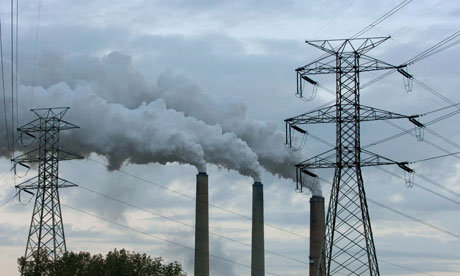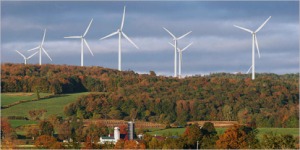5 Years to Avoid Run-Away Climate Change

Any fossil fuel infrastructure built in the next five years will cause irreversible climate change, according to the IEA. Photograph: Rex Features
A new report, released yesterday by the International Energy Agency provides a stark reminder of the urgency of the climate crisis – we have 5 years to avoid irreversible, run-away climate change that will lock us into a scenario where it will be impossible to keep global average temperature increases under 2 degrees. This article in the Guardianstates:
The world is likely to build so many fossil-fuelled power stations, energy-guzzling factories and inefficient buildings in the next five years that it will become impossible to hold global warming to safe levels, and the last chance of combating dangerous climate change will be “lost for ever”, according to the most thorough analysis yet of world energy infrastructure.
Anything built from now on that produces carbon will do so for decades, and this “lock-in” effect will be the single factor most likely to produce irreversible climate change, the world’s foremost authority on energy economics has found. If this is not rapidly changed within the next five years, the results are likely to be disastrous.
- Read more about 5 Years to Avoid Run-Away Climate Change
- Add new comment










